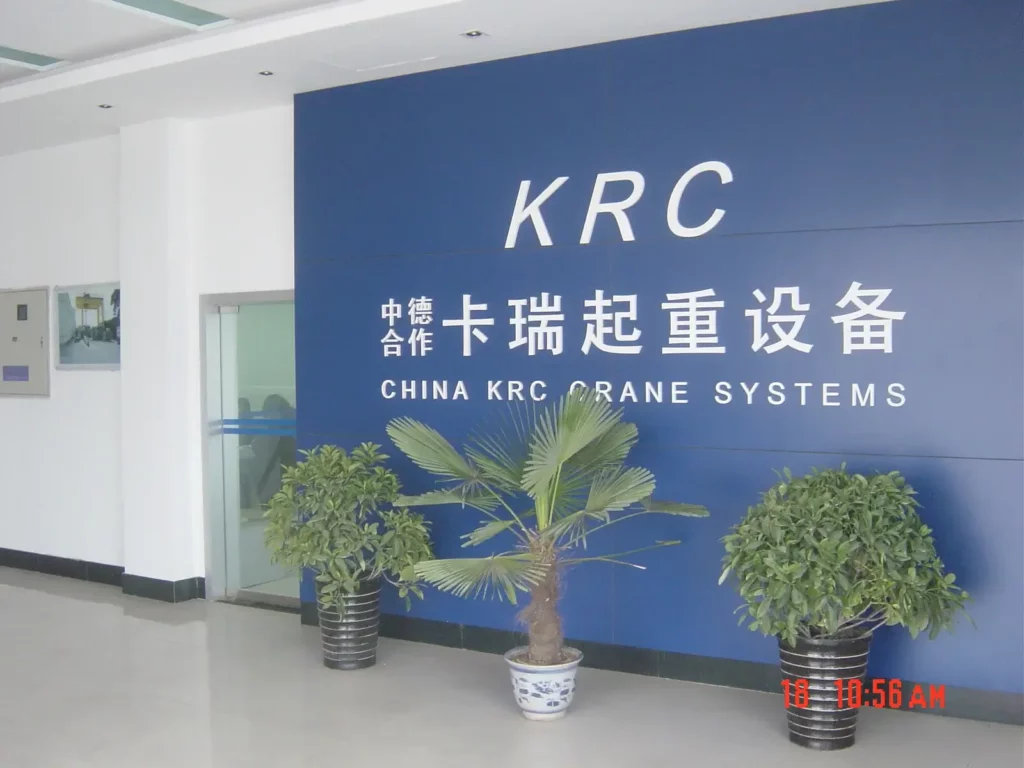Building construction cranes are vital tools in the modern construction industry, enabling the efficient lifting and moving of heavy materials. Understanding their design, operation, and safety protocols is essential for anyone involved in construction projects. This guide will delve into the various types of cranes, their components, and the engineering principles that govern their functionality.
Readers can expect to learn about the different crane types, including tower, mobile, and overhead cranes, each suited for specific tasks. We will explore the mechanics behind crane operation, emphasizing the importance of load calculations and stability. Additionally, safety measures and best practices will be highlighted to ensure safe and effective crane usage on construction sites.
By the end of this guide, readers will have a comprehensive understanding of construction cranes, equipping them with the knowledge to make informed decisions in their projects. Whether you are a construction professional, a student, or simply curious about the industry, this guide will serve as a valuable resource for mastering the essentials of crane construction and operation.
A Comprehensive Guide to Building Construction Cranes
Cranes have a long history of being a staple in construction that reaches back thousands of years. Records indicate the ancient Greeks invented the first cranes and used them as early as 515 BC. Some reports indicate cranes were used for water irrigation in ancient Mesopotamia, thousands of years earlier. In fact, many ancient structures, if built today, would need to use some sort of crane.
It was during the Industrial Revolution that cranes became integral to the modernization of the world, replacing the manual pulley system with an engine and an operator that preceded them. Today, different types of cranes can be found on almost any construction project, each one specializing in its own specific task.
Understanding Cranes in Construction
Cranes are essential for lifting and moving heavy materials, making them invaluable in construction. Their ability to operate in various environments, from urban landscapes to remote sites, enhances their utility. Selecting the right crane can significantly impact project efficiency, safety, and costs.
Technical Features of Cranes
Here’s a comparison of key technical features of different crane types:
| Feature | Mobile Crane | Fixed Crane | Crawler Crane | Tower Crane | Rough Terrain Crane |
|---|---|---|---|---|---|
| Mobility | High | Low | Moderate | Low | Moderate |
| Lifting Capacity | Up to 100 tons | Up to 200 tons | Up to 3500 tons | Up to 20 tons | Up to 50 tons |
| Setup Time | Quick | Longer | Moderate | Long | Moderate |
| Terrain Adaptability | Good | Poor | Excellent | Poor | Excellent |
| Common Uses | General construction | Heavy lifting | Heavy load transport | High-rise construction | Off-road operations |
Types of Cranes Used in Construction
Understanding the different types of cranes is crucial for selecting the right one for your project. Below is a comparison of various crane types:
| Crane Type | Description | Best For |
|---|---|---|
| Mobile Crane | Mounted on crawlers or tires, offering high mobility. | General construction projects. |
| Fixed Crane | Stationary cranes that lift heavy loads and reach great heights. | Long-term construction projects. |
| Crawler Crane | Track-based cranes that provide stability on soft ground. | Heavy load transport in challenging terrains. |
| Tower Crane | Tall cranes ideal for high-rise buildings, with a rotating arm. | Skyscraper construction. |
| Rough Terrain Crane | Designed for off-road use with large rubber tires. | Construction on rough terrains. |
| Floating Crane | Used for marine construction, capable of lifting heavy loads at sea. | Port and offshore projects. |
| All-Terrain Crane | Combines features of mobile and rough terrain cranes for versatility. | Diverse construction environments. |
| Gantry Crane | A type of overhead crane supported by legs on either side. | Shipping docks and warehouses. |
| Jib Crane | Fixed cranes with a horizontal arm for repetitive tasks. | Manufacturing and assembly lines. |
| Telescopic Crane | Equipped with a boom that can extend and retract. | Various construction tasks. |
Choosing the Right Crane
When selecting a crane, consider the following factors:
- Project Scope: Understand the size and complexity of your project. Larger projects may require more robust cranes like tower or crawler cranes.
- Material Weight: Ensure the crane can handle the weight of the materials being lifted. Use load charts to verify lifting capacities.
- Terrain Conditions: Assess the site conditions. Rough terrain cranes are ideal for uneven surfaces, while mobile cranes are better for paved areas.
- Duration of Use: For short-term projects, mobile cranes may be more suitable, while fixed cranes are better for long-term use.
- Budget: Consider rental costs and the potential for delays if the wrong crane is selected.
Conclusion
Cranes are vital to the construction industry, facilitating the movement of heavy materials and enhancing project efficiency. Understanding the different types of cranes, their features, and their applications is essential for making informed decisions. Whether you’re working on a high-rise building or a complex infrastructure project, selecting the right crane can significantly impact your project’s success.
For more information on crane rentals and types, visit resources like BigRentz, Maxim Crane, and Hook Crane.
FAQs
1. What is the most common type of crane used in construction?
The most common types of cranes used in construction are mobile cranes and tower cranes, as they offer versatility and high lifting capacities.
2. How do I determine the right crane for my project?
Consider factors such as project scope, material weight, terrain conditions, and budget to select the appropriate crane.
3. Are cranes safe to use?
Yes, cranes are safe when operated by trained professionals and used according to safety guidelines and regulations.
4. Can I rent a crane for a short-term project?
Yes, many companies offer crane rentals for both short-term and long-term projects, allowing flexibility based on your needs.
5. What are the benefits of using a crane in construction?
Cranes enhance efficiency, reduce manual labor, and enable the safe lifting of heavy materials, making them essential for modern construction projects.

